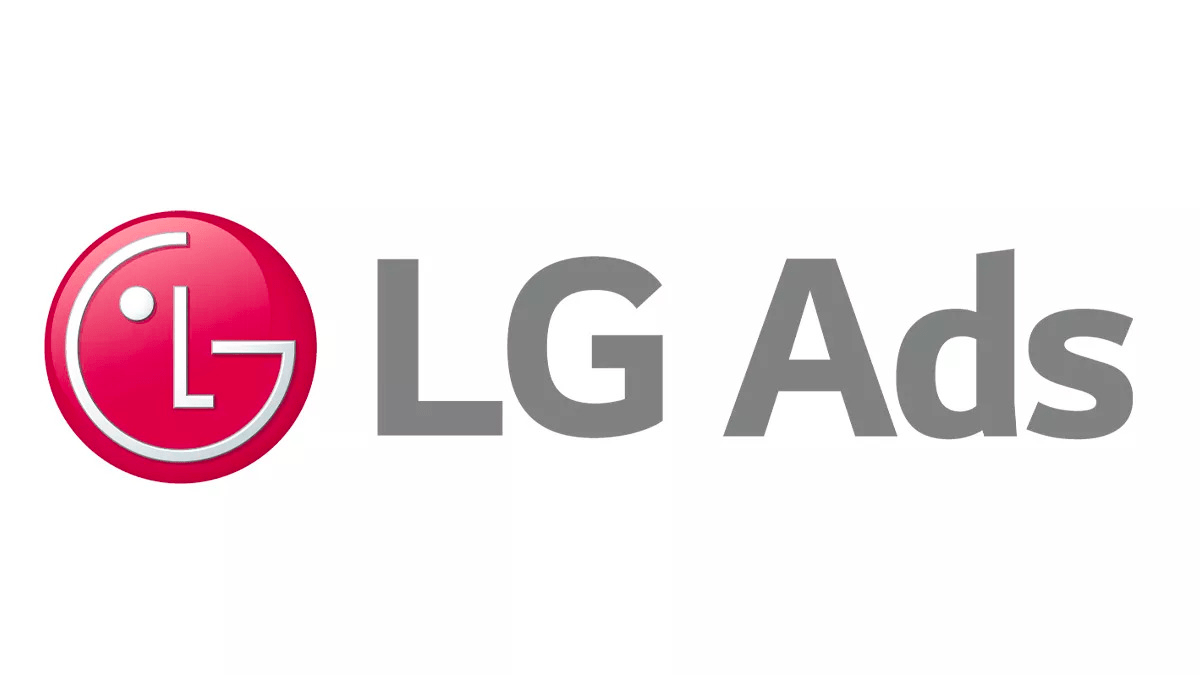The digital publishing industry is a highly visible part of the media sector. However, it is also hyper-competitive, and publishers always seem to work on tight margins. To thrive, publishers must monitor their revenue streams meticulously and ensure accurate revenue reconciliation to improve cash flow, minimize revenue leakage, reduce financial risks, and maintain the business’s economic health.
While this might sound obvious, the inherently complex processes in the digital publishing and advertising industries have made it difficult for publishers to manage and reconcile revenue across various platforms.
Let’s look at some of the publishers’ challenges and find solutions to overcome them.
Top Six Challenges Managing Billing And Revenue Reconciliation
1.Inaccurate tracking and reporting
Digital publishers use multiple platforms to monitor revenue data from ad servers, SSPs, DSPs, Content Syndication, Subscriptions, and digital playout vendors. This leads to silos and discrepancies in gathering and monitoring the data. Publishers need a centralized view of revenue to make data-driven decisions to grow business. To add to the woes, the digital transactions are dynamic in nature. This means that any delay or error in updating the data could lead to severe ramifications, such as inaccurate reporting. It could impact financial reporting and affect investor confidence.
Solution: One way to solve this problem is to use platforms like YuktaOne to centralize all the data from different ad servers and digital playout vendors. This will ensure that all the transaction and activity data is integrated and available in a single place. Decision-makers will be able to view all the transactions from a centralized location, which will improve tracking and reporting.
2.Multiple revenue stream billing
Typically, a digital publisher offers live and scheduled content across different platforms. In case of large Media houses, this gets even more complicated as they are selling a plethora of products (email blasts, sponsored content, digital ads, print ads, etc.). Each content type / product has its pricing models, billing cycles, and revenue streams, making billing incredibly complex. Publishers often resort to the manual approach of managing separate billing transactions for each content type. Such an approach is time-consuming and error-prone and could lead to inefficiencies and potential revenue leakage.
Solution: A digital publisher needs a dashboard that consolidates all the billing-related data from different platforms and content types and provides advanced filters to view the revenue and billing activities. In addition to that they need to be able to make manual adjustments. YuktaOne is one such platform that provides intuitive billing applications with a user-friendly UI and advanced approvals, activity tracking and adjustment management. It integrates data from all platforms and content types and allows digital publishers to perform month-wise billing or customized billing as per clients’ requirements. It brings consistency in billing across all platforms and helps publishers manage revenue and billing efficiently and saves time and efforts.
3.Lack of a centralized platform
Typically, publishers switch between different Excel reports and applications for billing and revenue reconciliation. This approach is time-consuming and prone to errors and inefficiencies.
Solution: With YuktaOne, publishers can ensure that all the integrated and reconciled data automatically consolidates into the billing dashboard according to pricing models and revenue streams. This helps publishers save time and accelerate the billing process. Additionally, it ensures that the current billing process does not impact historical data.
4.Limitations in bulk actualization
In digital publishing, publishers confirm the ad placements or line items to ensure the advertiser is correctly billed. At any given time there can be 1000s of line items. Typically, publishers perform a single actualization for each ad placement or line item. This becomes a challenge when publishers have to actualize multiple ad placements or line items for periods like large tournaments. Doing it individually can be time-consuming, lead to delays in revenue recognition, and put undue strain on the billing team.
Solution: Digital publishers can resolve this issue by doing bulk actualization, i.e., simultaneously actualizing multiple ad placements or line items. YuktaOne provides the bulk actualization feature that allows publishers to actualize up to thousands of ad placements in a single go. This helps publishers reduce the actualization time and complete the month’s billing within a couple of hours instead of days. It also supports client-wise bulk actualization, providing publishers flexibility for different billing scenarios. They can also use the single actualization option provided by the tool to handle specific or smaller volume placements.
5.Limitations in invoice report generation
Generating invoice reports is a tedious and time-consuming process for digital publishers, especially after actualization and dealing with many placements in big tournaments. The process is mainly done manually and requires significant effort, which leads to issues like delays or incorrect billing, impact on overall efficiency, and errors. The errors could cause disputes, payment delays, rework, and a broken relationship with clients. All this could impact the publisher’s financial operations.
Solution: YuktaOne’s Bulk Invoice Report Generation feature can help publishers solve this problem. This feature allows users to generate invoice reports in PDF or Excel formats. Users can generate PDF invoice reports for several actualized placements simultaneously in just a few minutes. This feature automatically uploads the PDF invoices to respective folders and ensures they are well-organized and easily accessible to all users. It saves the time spent manually filing invoice reports and helps publishers manage a well-structured invoice system for record-keeping and audit trials.
6.Lack of integration of billing data with various finance systems
After actualization and generating invoice reports, publishers have to prepare and send the reports to clients for billing. Since it is done manually, the process takes time and increases the risk of errors and inconsistencies. To add to the woes, transferring the billing data to a finance system accurately can get challenging.
Solution: To solve this problem, YuktaMedia has developed an LMSW application that automatically generates billing reports fully compatible with SAP and similar finance systems. Post-actualization, the billing dashboard numbers are populated into the LSMW report. The report contains all the required billing information formatted to meet SAP or other systems’ specifications. This enables publishers to upload the report directly into the SAP platform.
How YuktaOne Helps Digital Publishers Overcome These Challenges?
How YuktaOne Helps Digital Publishers Overcome These Challenges?
By now, it’s clear that there’s an urgent need for a solution that will help publishers centralize all the revenue data across multiple platforms, reconcile them, and empower publishers to manage their billing and revenue more effectively.
YuktaOne provides those benefits to the publishers.
Take the example of one of the largest publisher networks in the US. They had a network of 1,500 publishers. The network struggled with billing and revenue reconciliation which took 60-90 days to complete. It led to various issues, such as delays in cash flows, lack of revenue visibility, inefficient yield optimization, and data management challenges. YuktaOne’s Media ERP solved these issues by streamlining the billing process, enabling yield optimization, automating data management, and providing real-time revenue visibility to publishers. It helped the publishing network to reduce the accounting close time by 83%.
With YuktaOne, digital publishers can leverage the following features and capabilities to improve revenue and billing management:
- End-to-end automation for Ad and Revenue Operations across Display, Video, and Mobile assets
- Comprehensive dashboards for Operations, Executives, Revenue Ops, Finance, and Sales teams
- Advanced Yield Management with AdX UPR impact tracking and pricing recommendations
- Robust data security and 24/7 monitoring for high availability
- 250+ API integrations with SSPs, DSPs, Ad Servers, Social, and CRM systems
- User-specific dashboards and access management for tailored insights and security
- Powerful algorithms for pricing, forecasting, pacing, and performance optimization
- Real-time data collection and cleansing for accurate, up-to-date insights
- Collaborative features for team communication and streamlined workflows
- Expertise-driven platform designed by industry professionals familiar with publisher challenges
To learn more about YuktaOne’s capabilities, try our free demo.




 Talk to a Media ERP Specialist
Talk to a Media ERP Specialist

















